Too Many Players on the Field
In Defense of Tryouts for SKAC High School Sports
October 30, 2022
Disclaimer: This article contains content that doesn’t represent the school’s collective opinion.
This is a collaborative piece written by SAAC (Student Athletic Advisory Committee) members Ricky Jang and Sarah Lee.
Athletics at DIS are sometimes used as a ‘resume builder.’ Sure, there are athletes who dedicate their time and effort to play the sport, but some students join the team for an additional glitter on their resume. With many universities wanting well-rounded students, those, especially international students, sign up for teams without true passion, but for an application boost.
Our school was founded under the belief that all students should be able to receive equal opportunities in the activities they choose to partake in. No official policy is printed in the Athletic Code of Conduct, but the unwritten rule goes like this: every person interested must be in a team, even if a new team needs to be created. It doesn’t have to be varsity, but there has to be a spot for every student. This is why anyone at the school is welcome to join SKAC (South Korean Activities Committee) sports, and each of them can make a team regardless of their skill level or dedication.
Thus, the no-cut policy began. While the concerns of parents over their child’s competency to join sports decreased, problems for passionate athletes arose. Through yearbook photo data, we were able to find that with each additional year of DIS sports, especially volleyball, a record-breaking number of students had joined the team.

With an overload of teammates and limited space, many complain that it is not an effective use of time and resources. Coaches will get easily overwhelmed with so many players to deal with, and skilled athletes have a hard time moving on to the next step due to the constant increase of newbies. They don’t receive the attention they deserve because the coaches end up explaining basic concepts to newcomers. Due to these circumstances, a third day of practice was recently added, yet it still seems difficult to get everyone involved.
An anonymous player stressed, “I believe that the practices we do right now are inefficient. All the basics of volleyball are taught again on a loop because of the new members. The focus of the practice should be aimed at winning and the improvement of the more experienced players. We should apply tryouts to sports teams and have separate practices according to skill levels.”
There are tryouts in many youth sports leagues, and many international schools have adopted the system. For example, KISJ (Korea International School of Jeju) holds two tryouts: one to be in the team itself and one for the varsity team. SFS (Seoul Foreign School) and SIS (Seoul International School) are also known for their rigorous and selective tryouts – all for the better of the school’s athletic reputation and competition.
Now, we have to admit: it feels good to win. With the cluster of resume seekers, poor sportsmanship may be shown during practices and actual tournaments. Although tryouts aren’t the foremost solution to these problems, it’s time we establish an effective method in place for good.

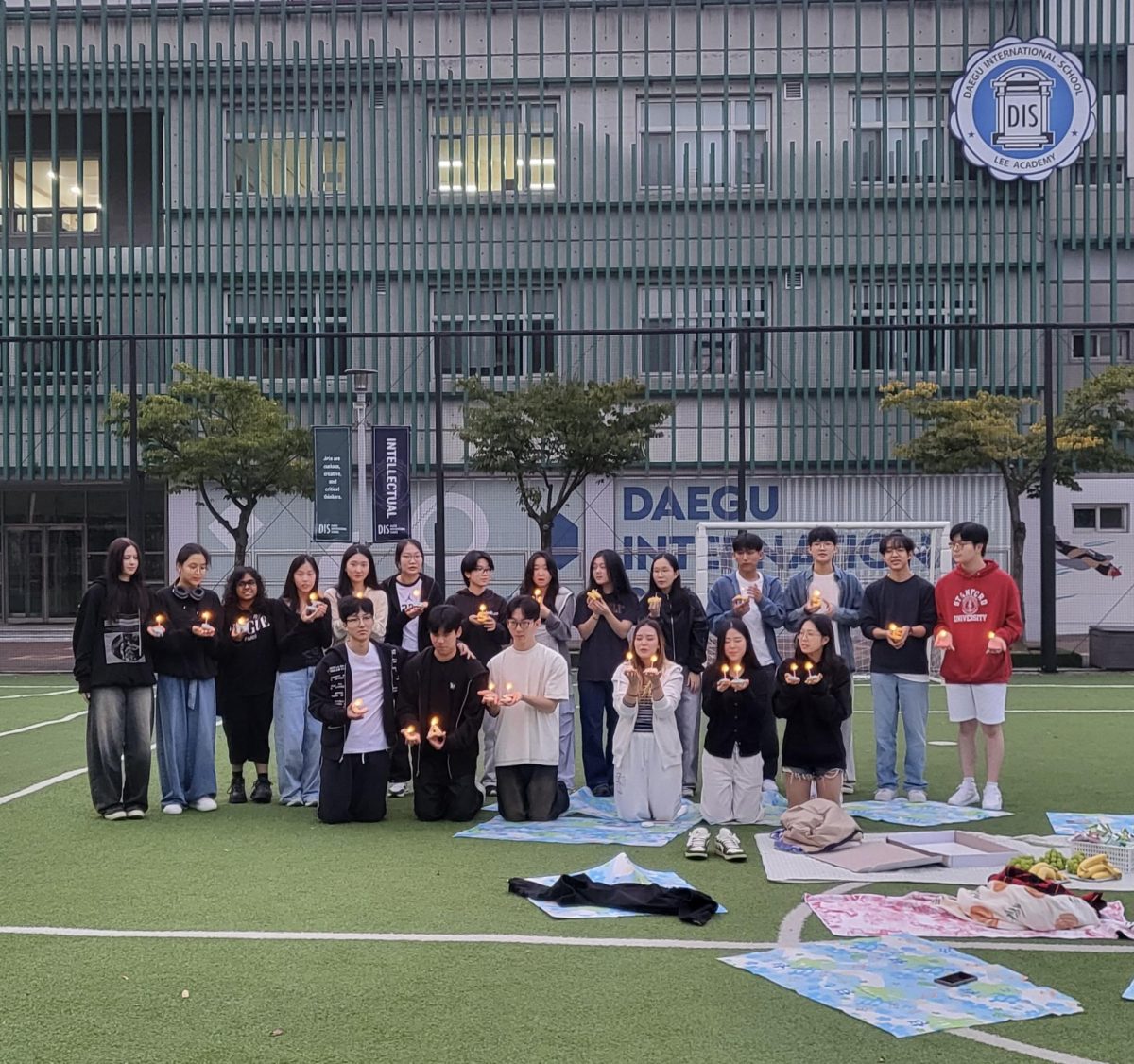


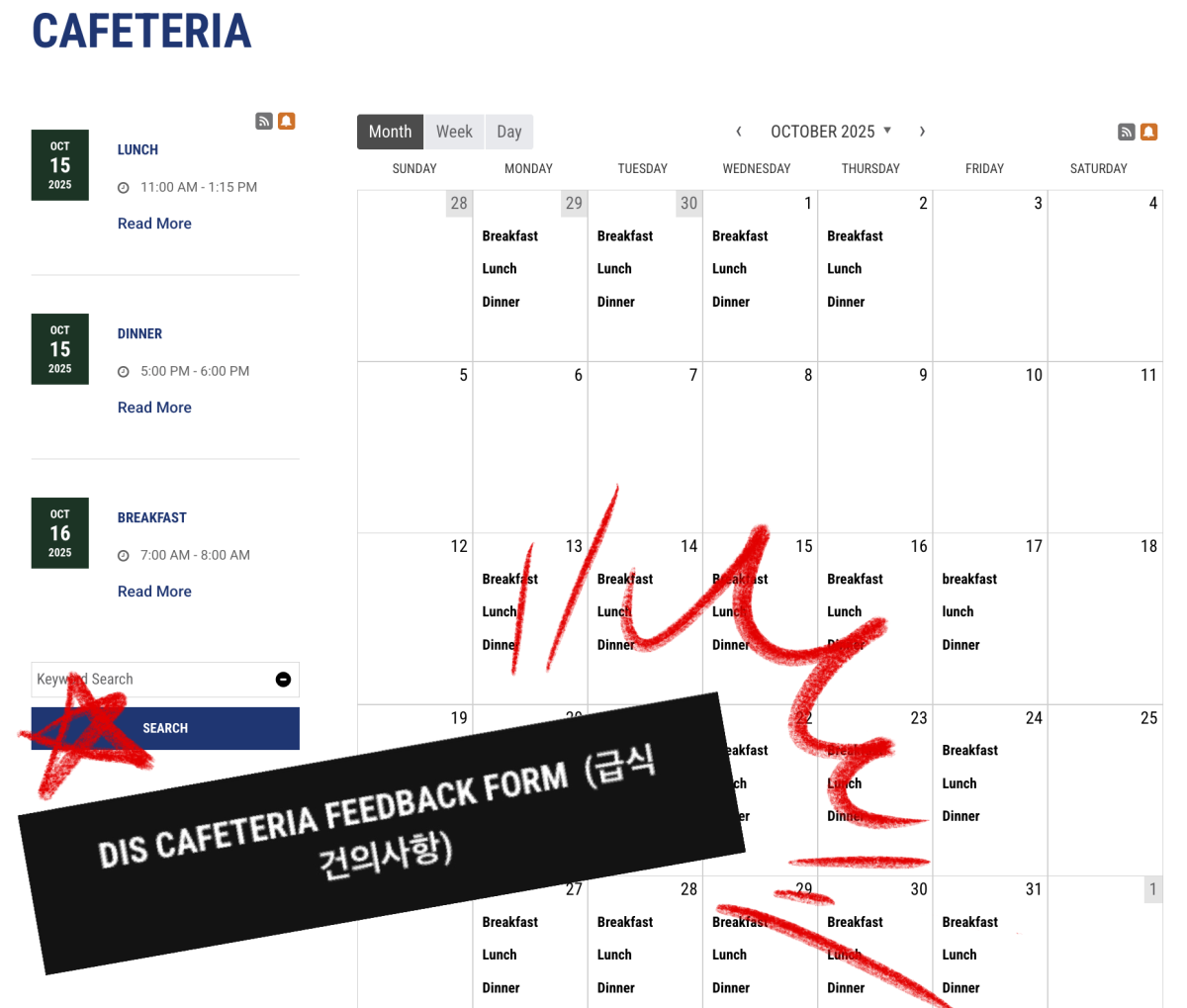
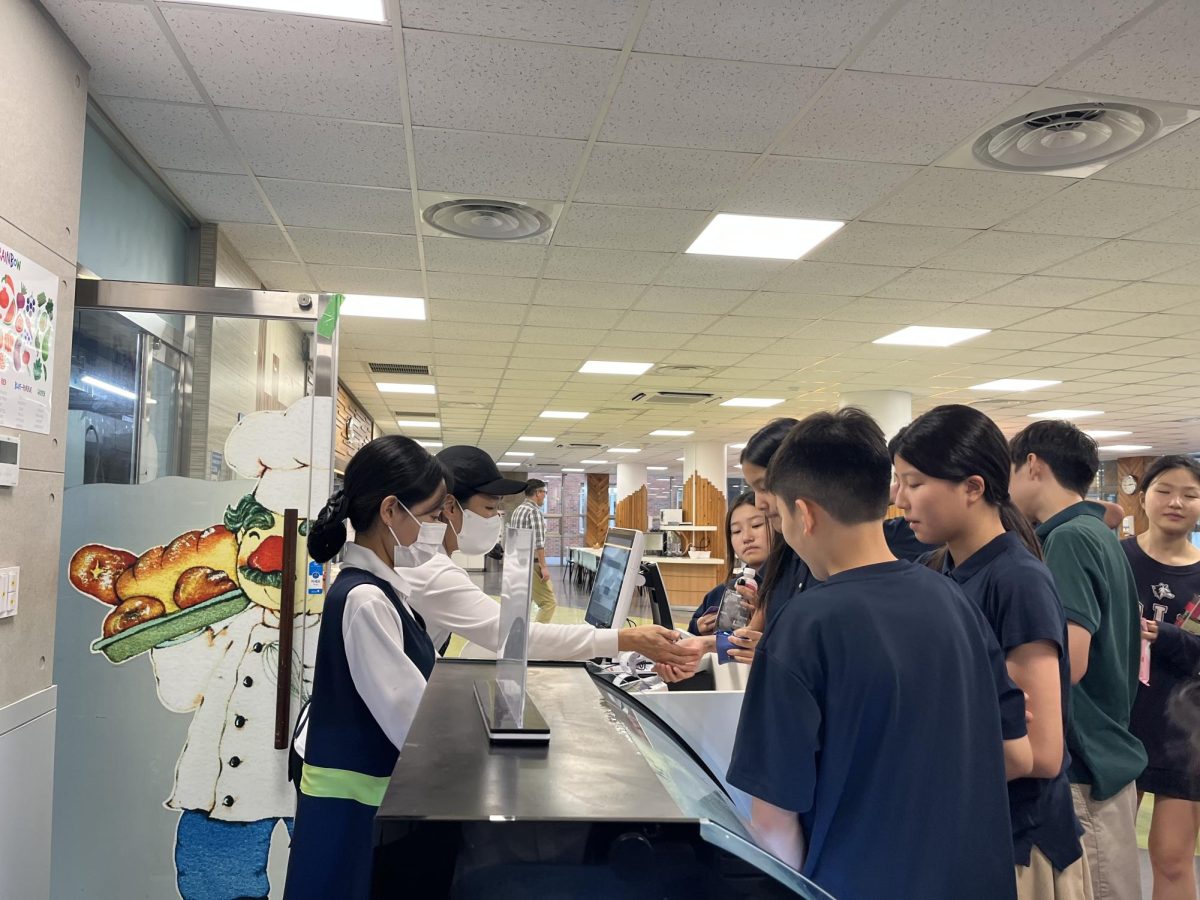
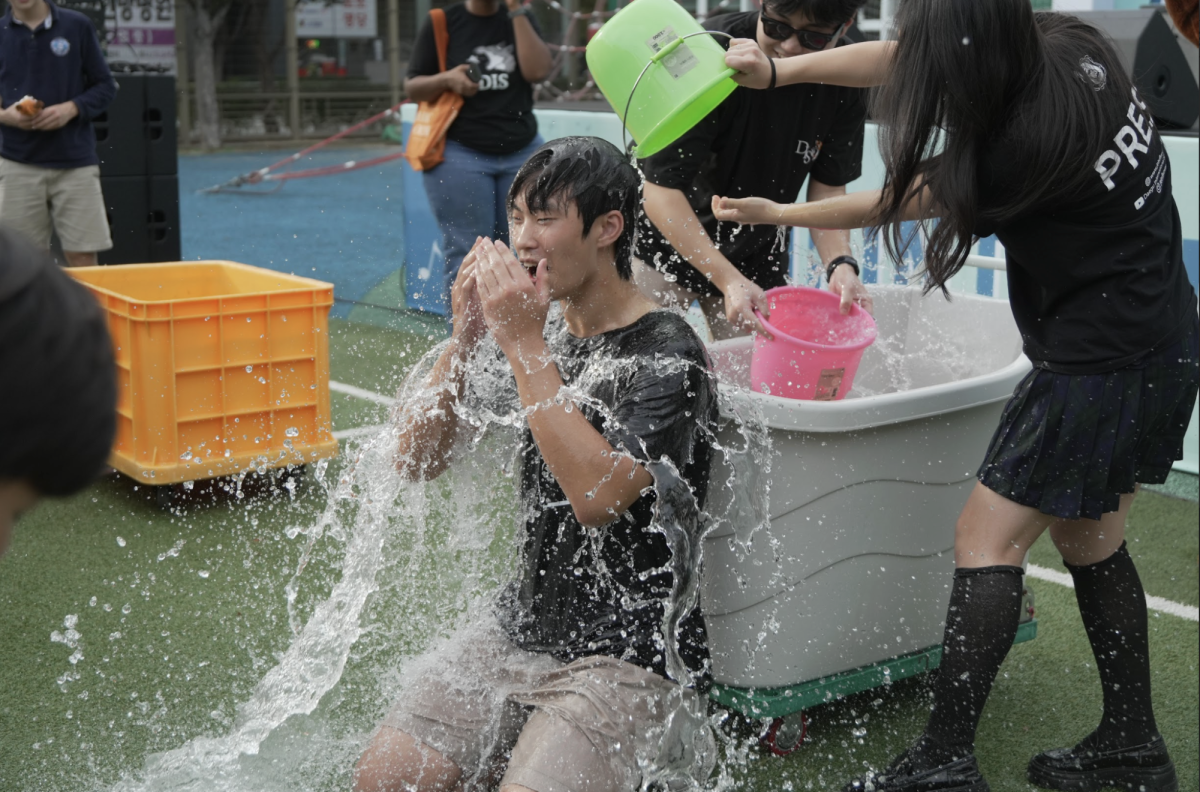
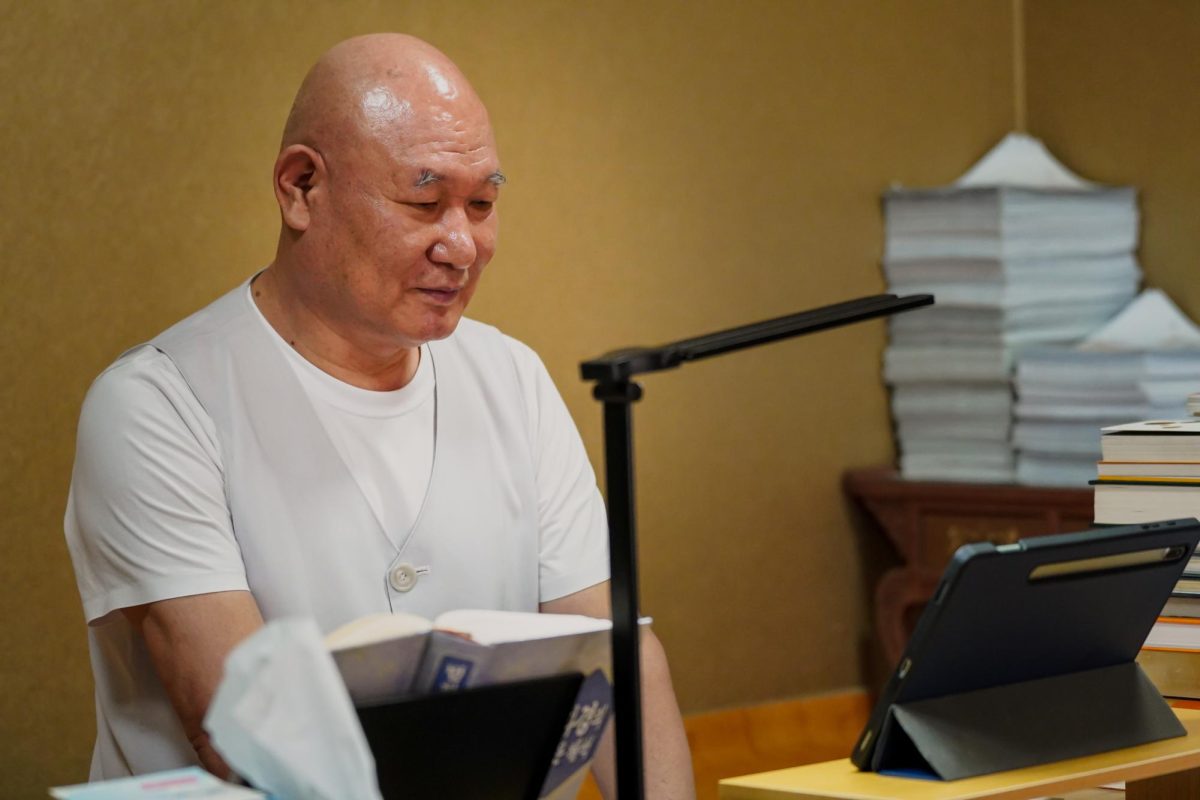
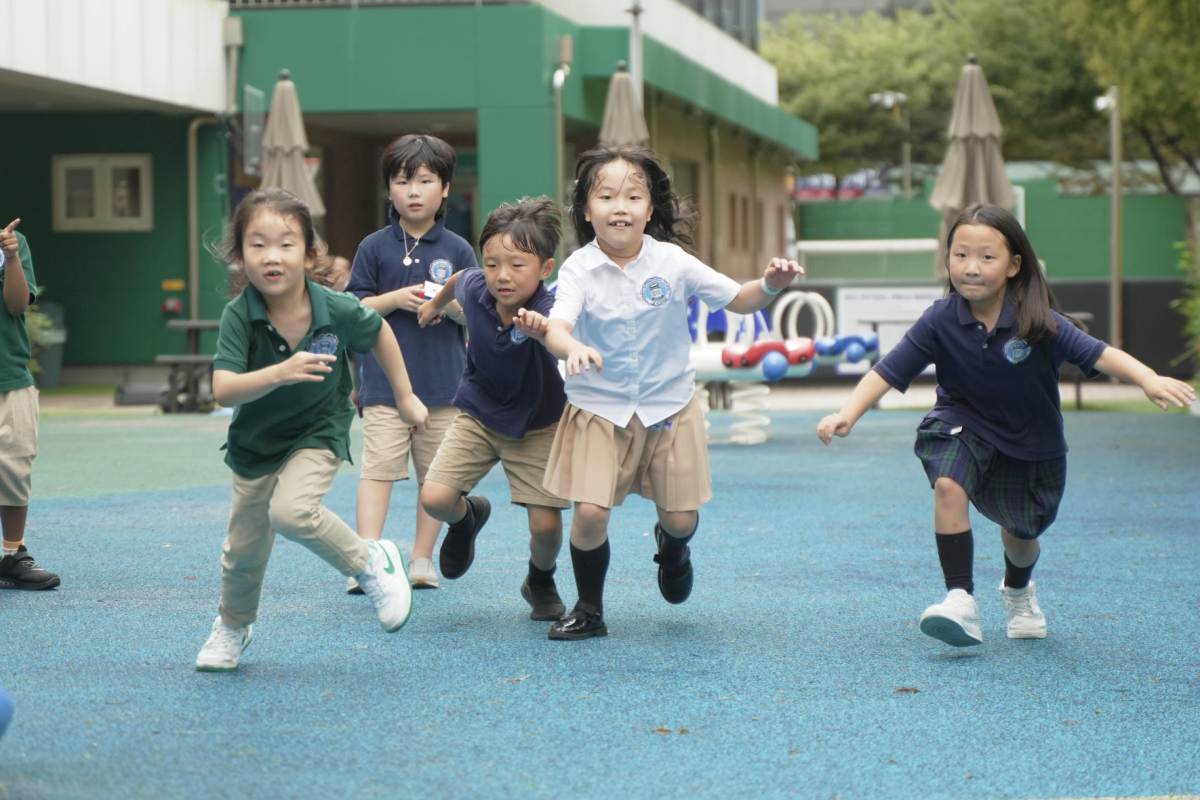


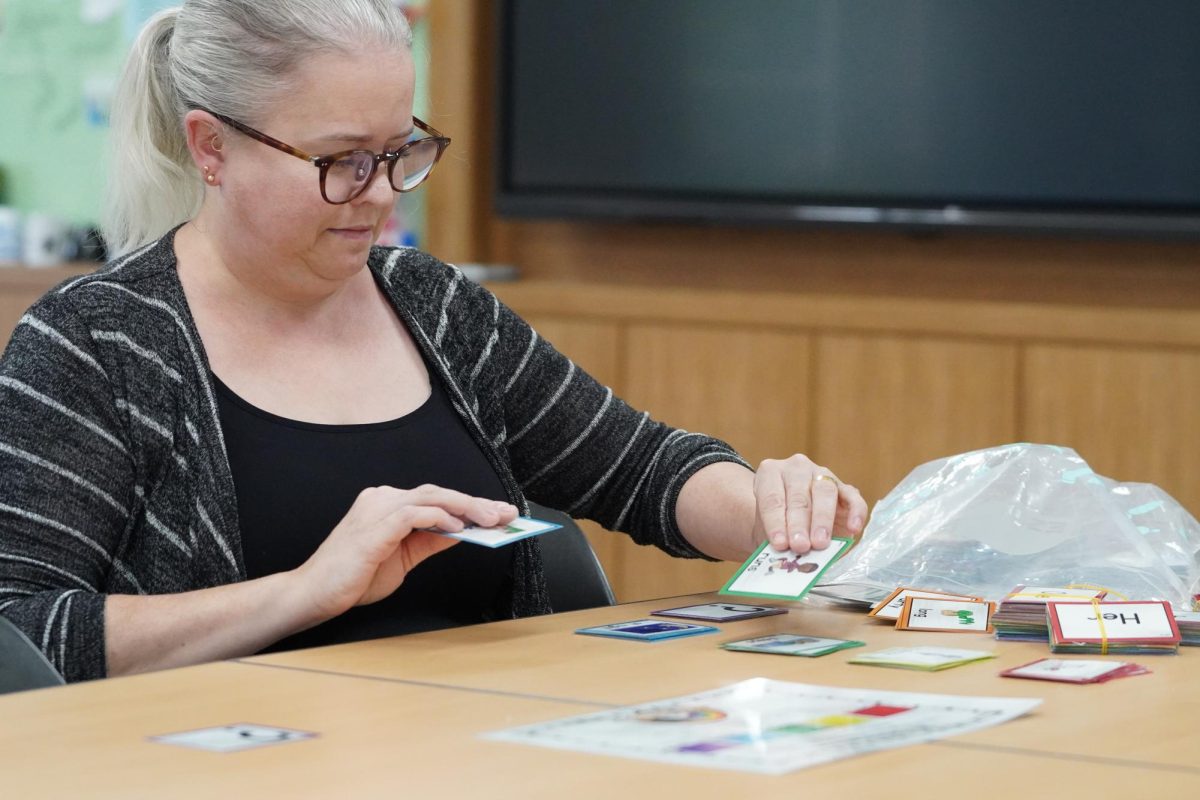
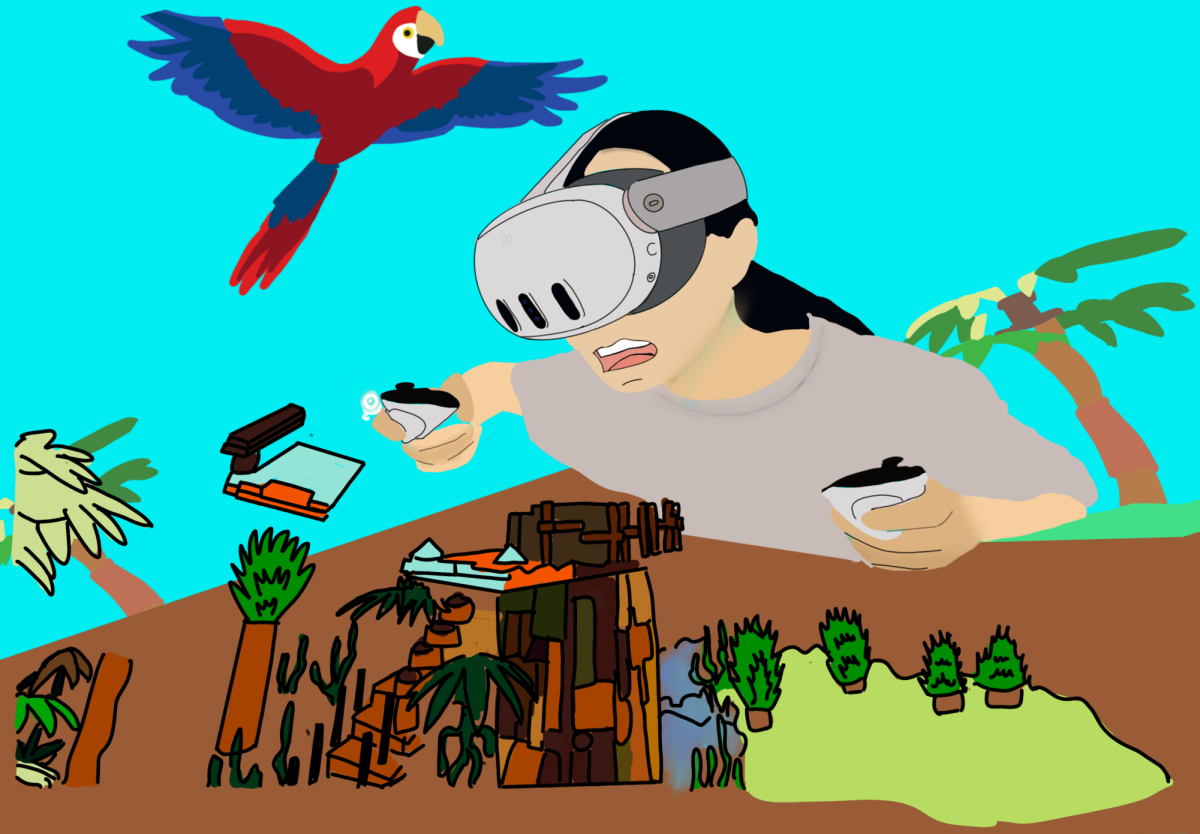




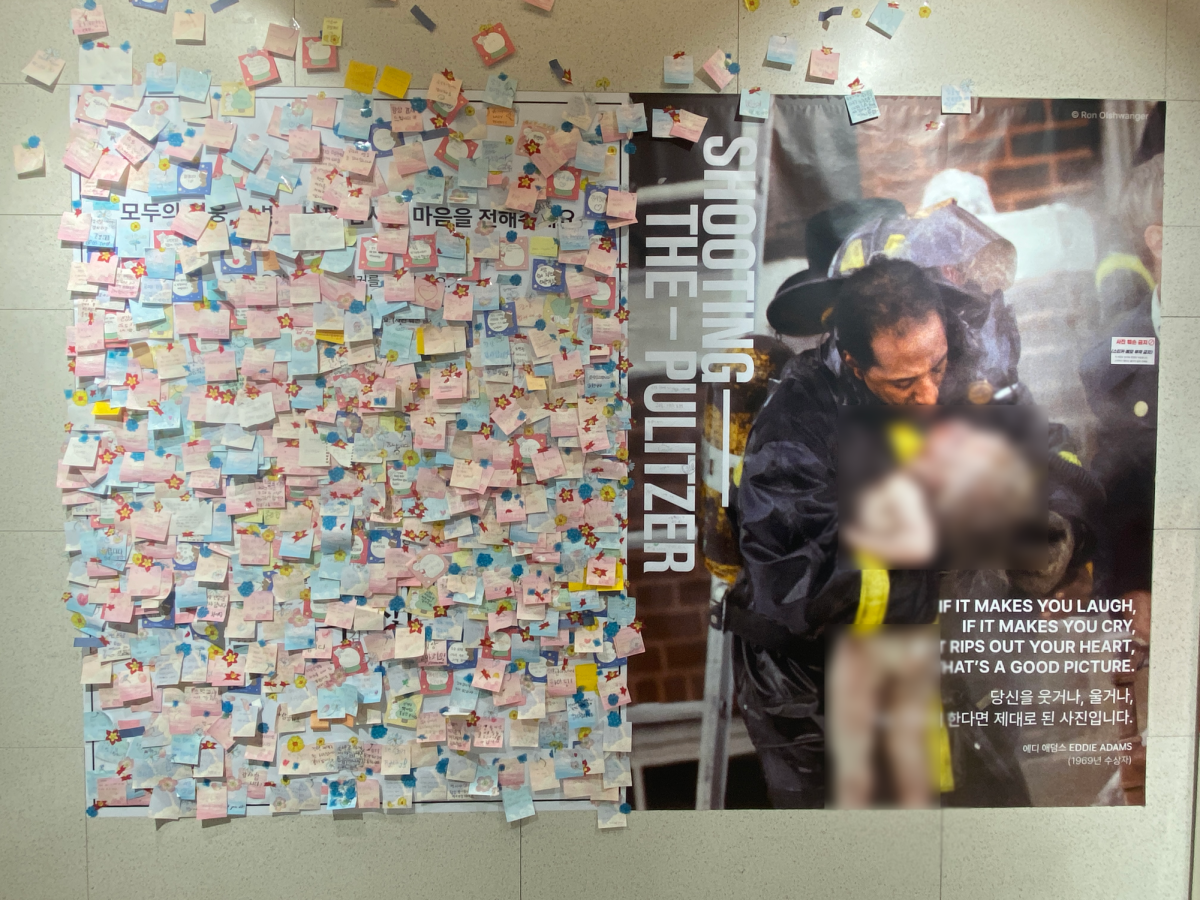

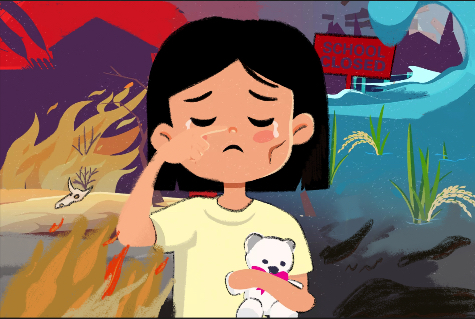

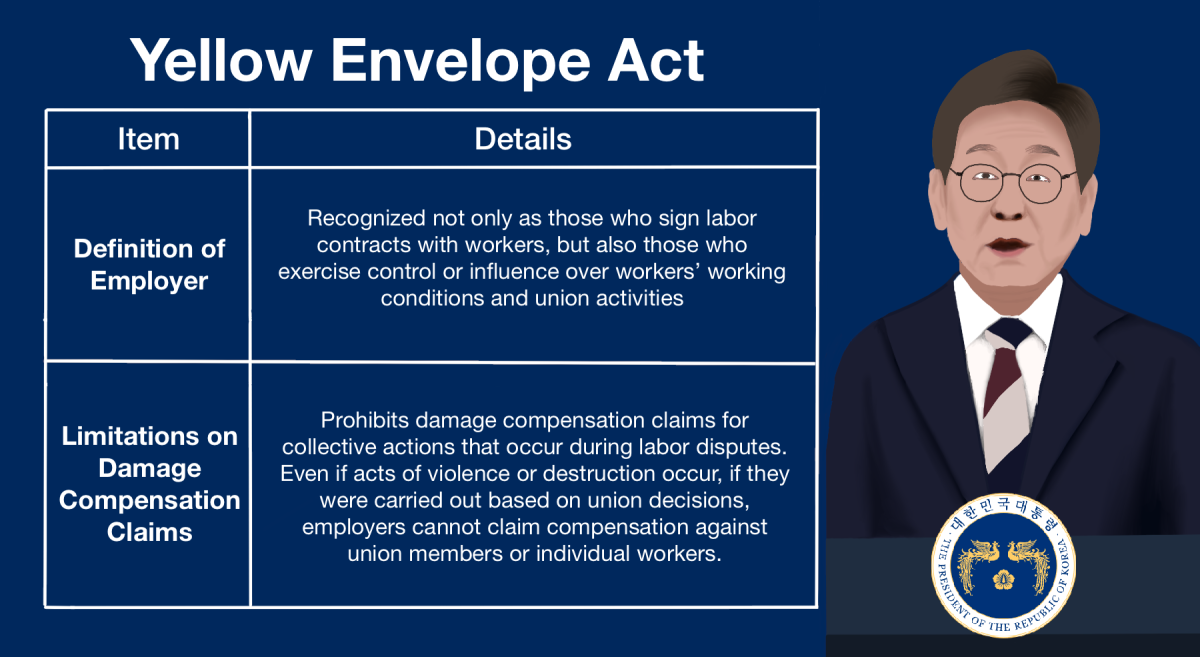


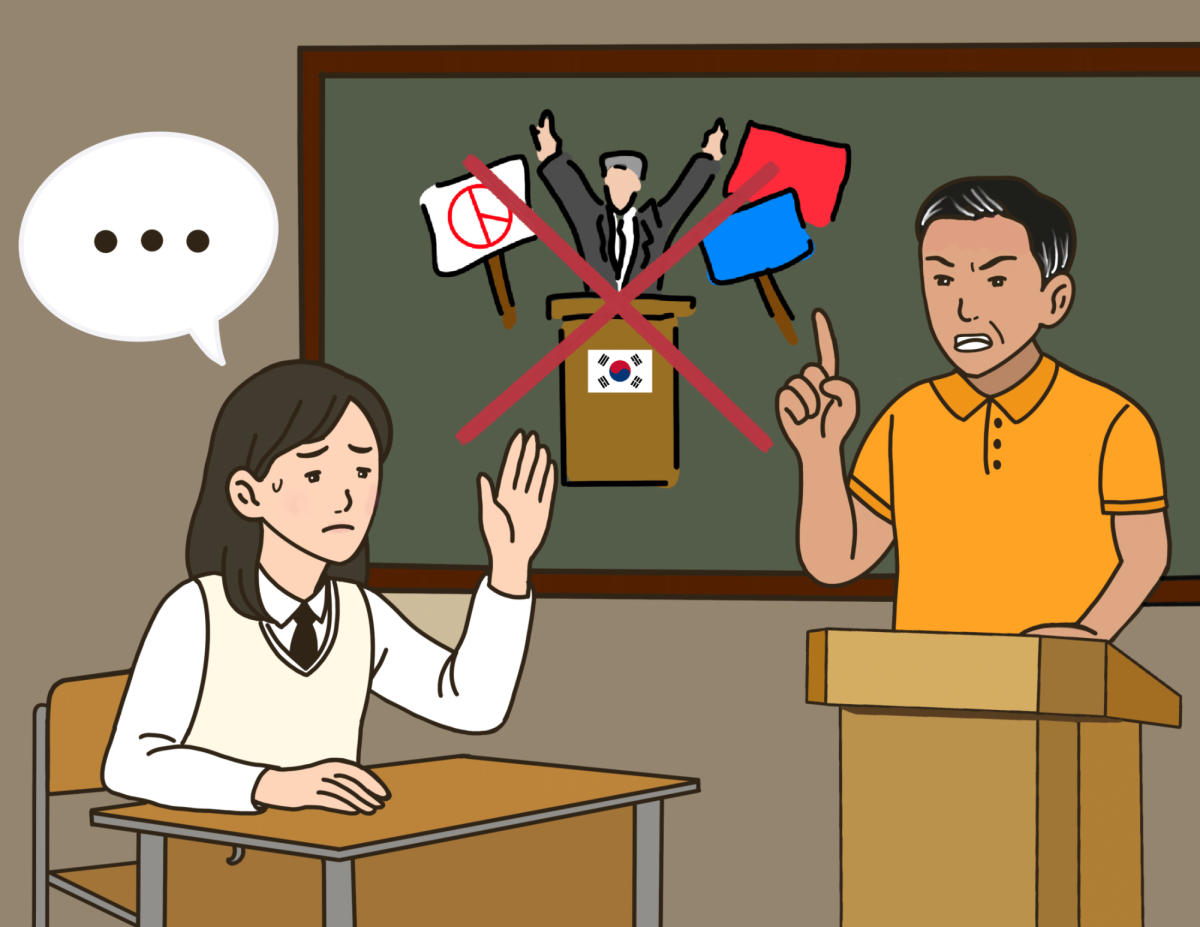

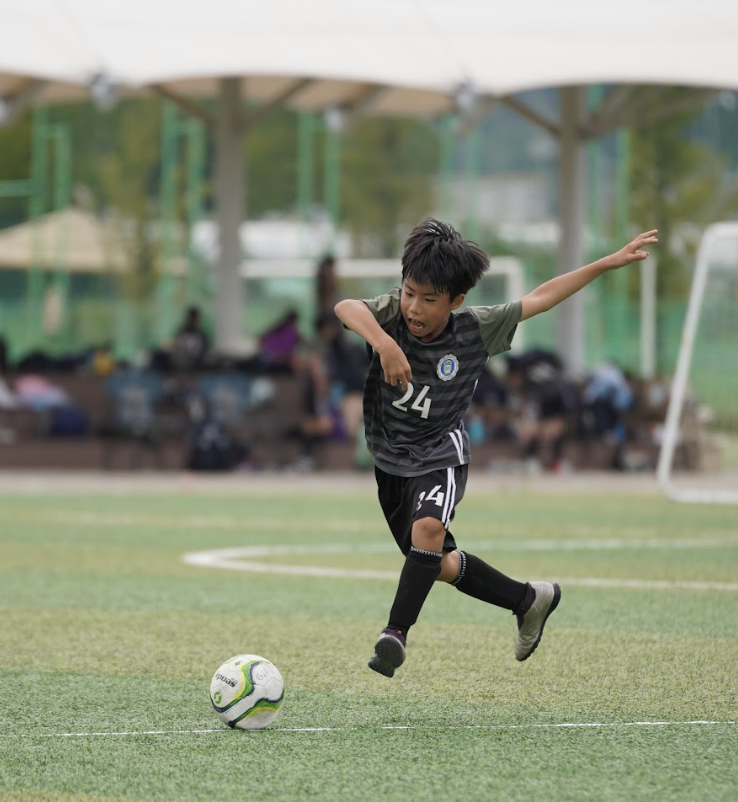
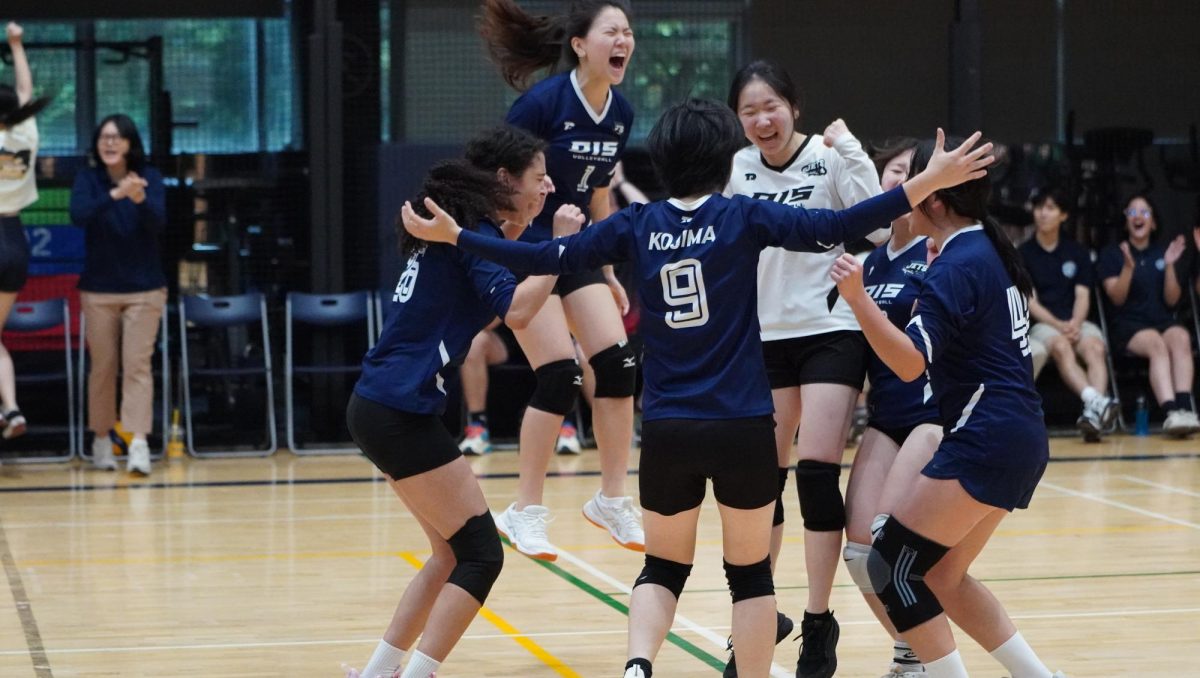
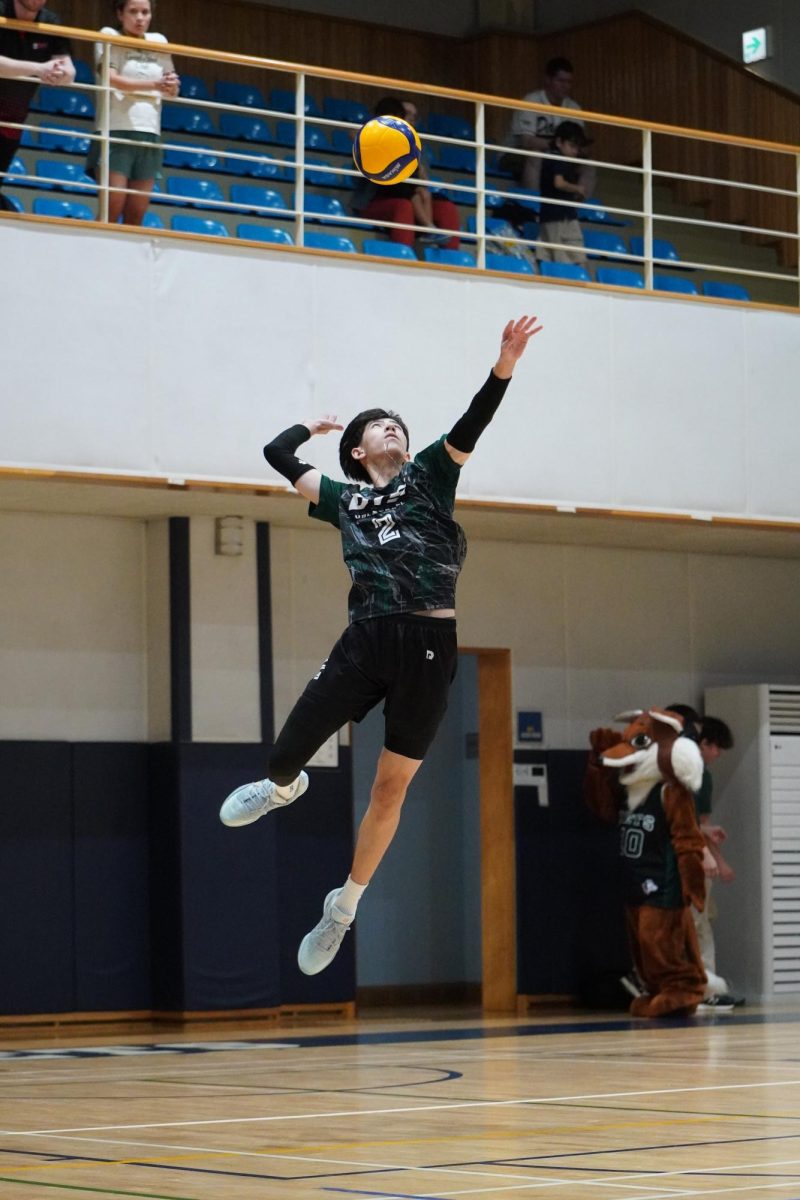
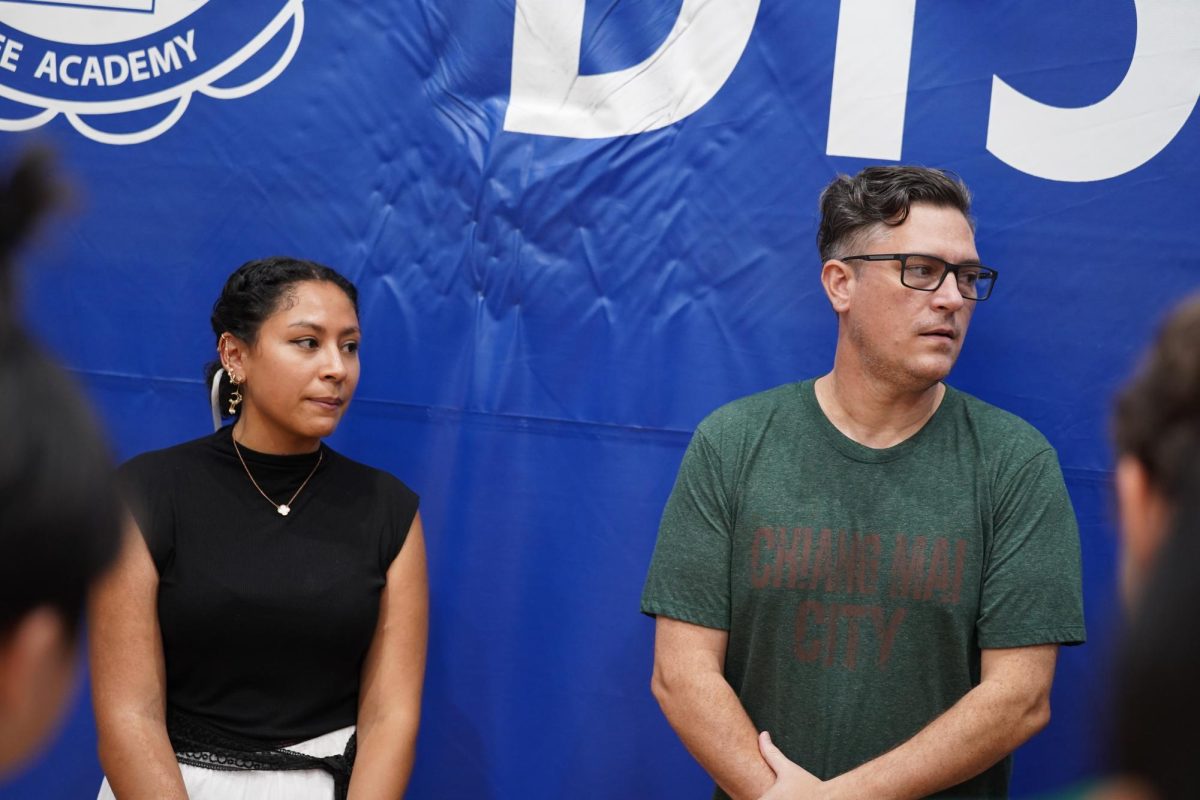
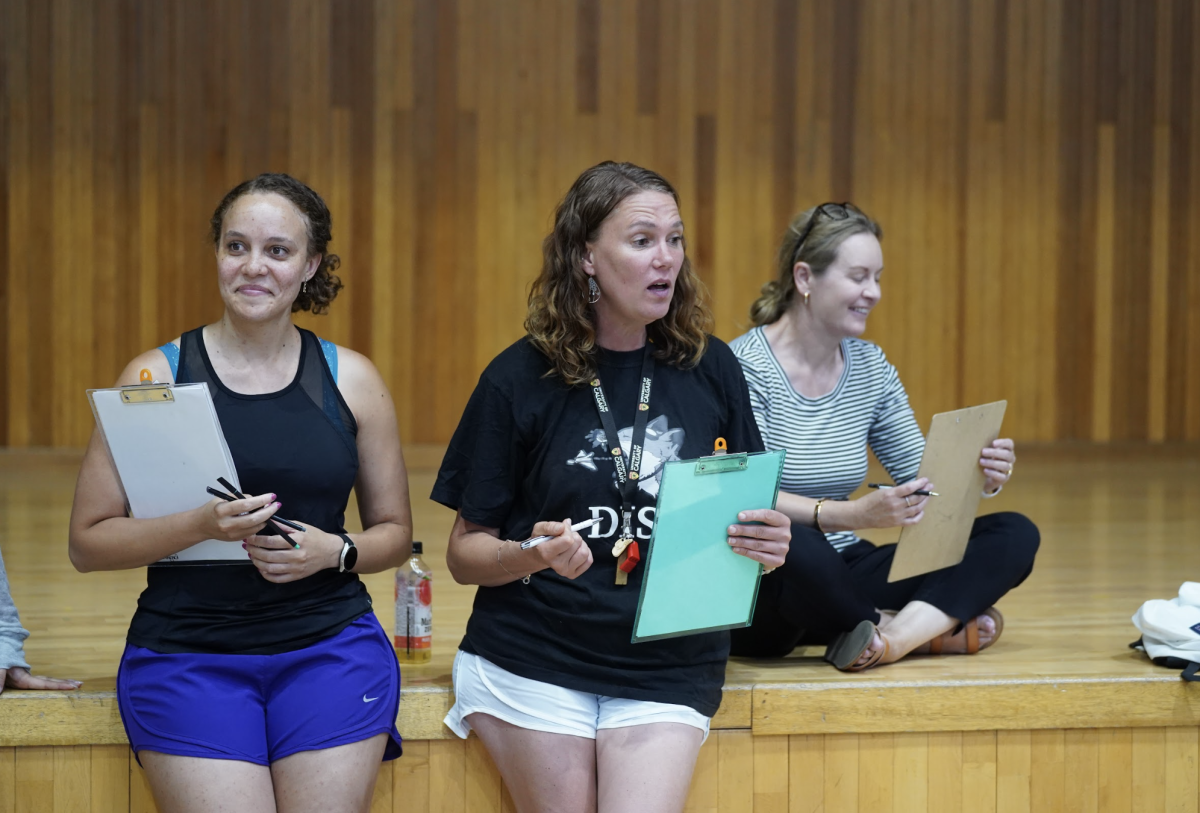







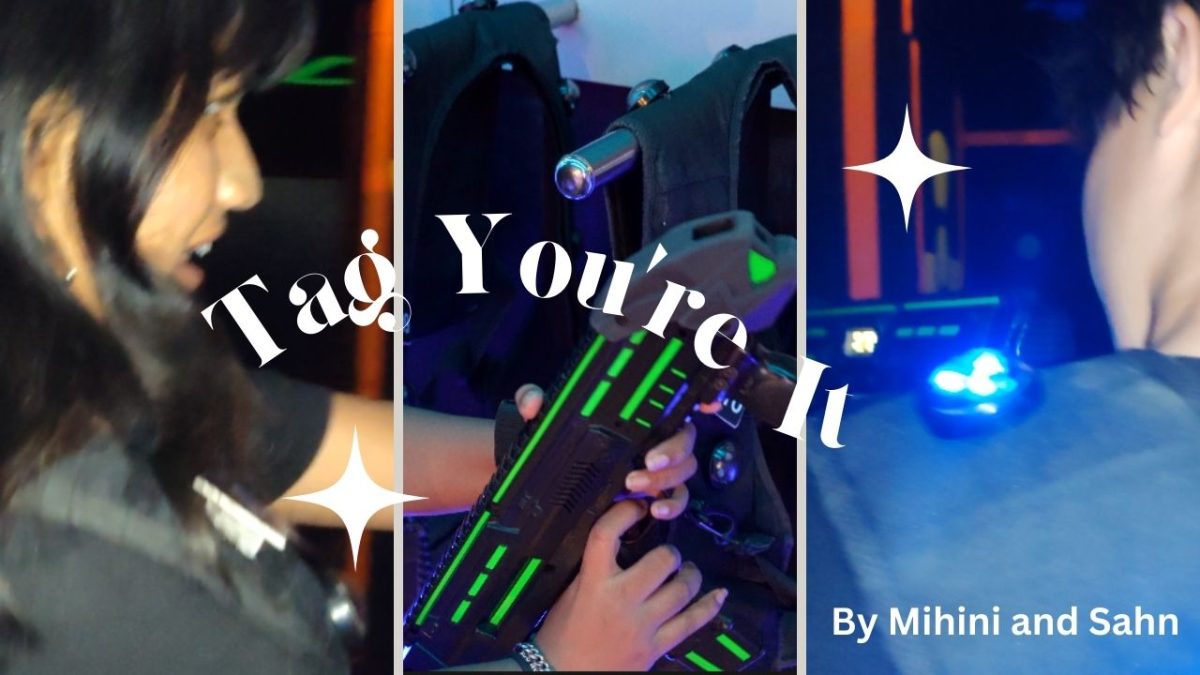
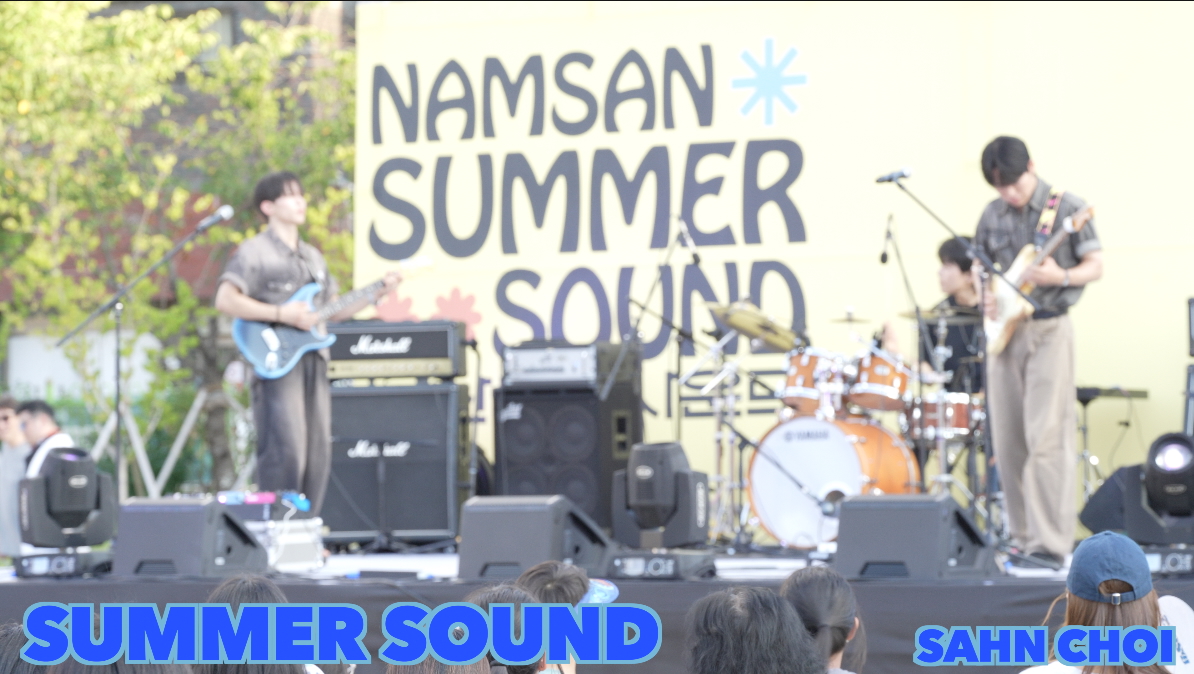
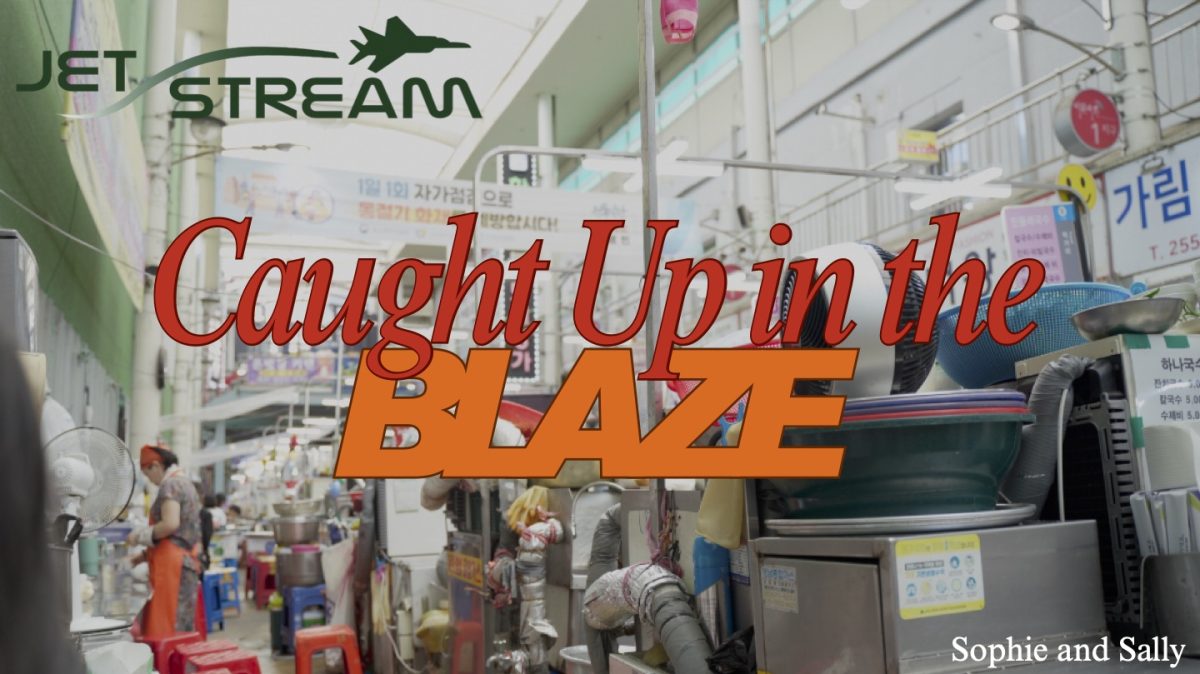



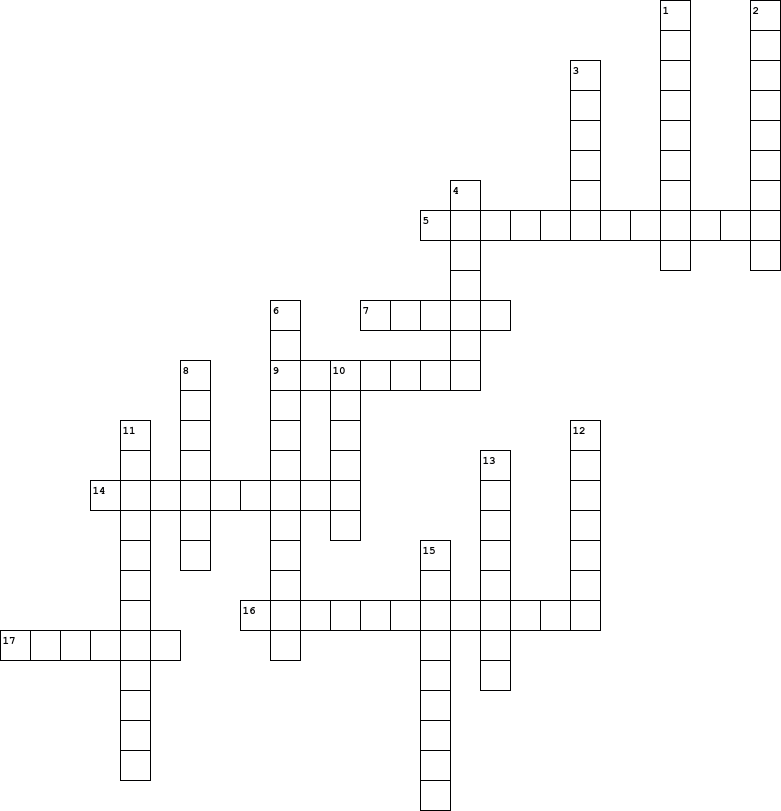
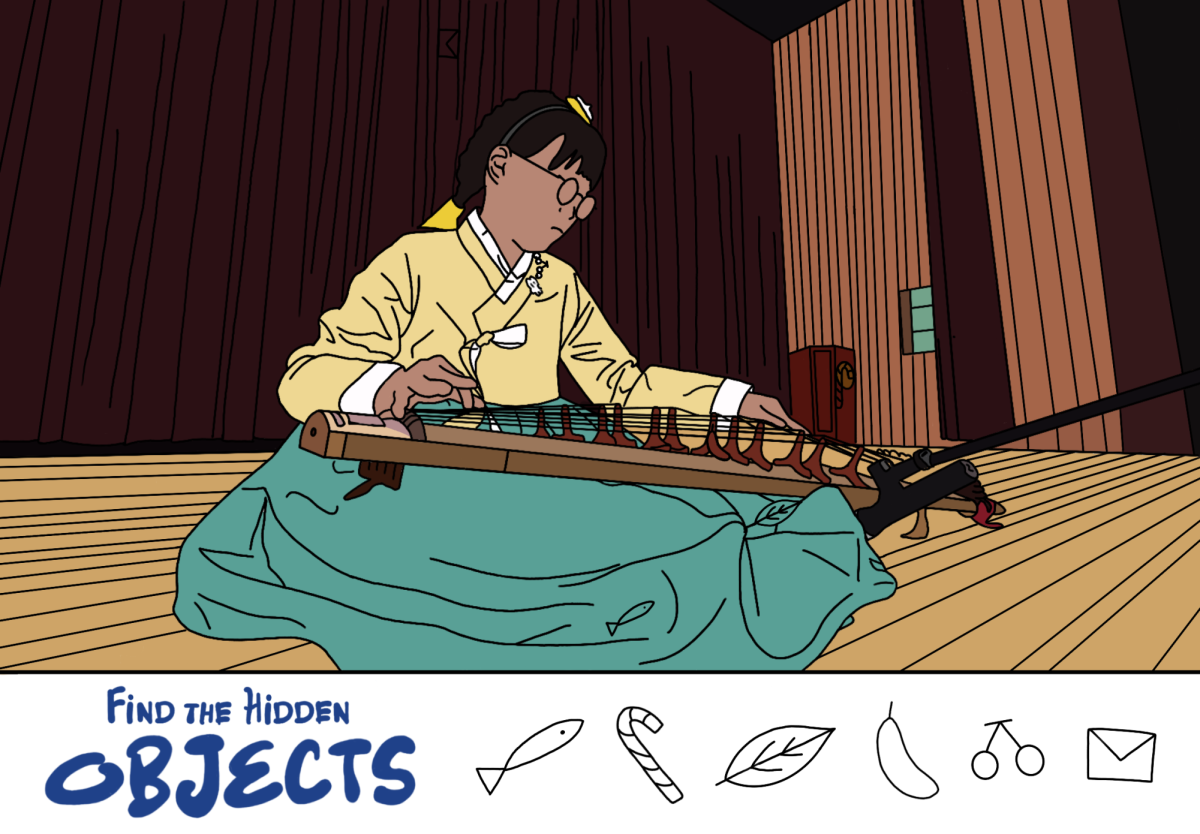
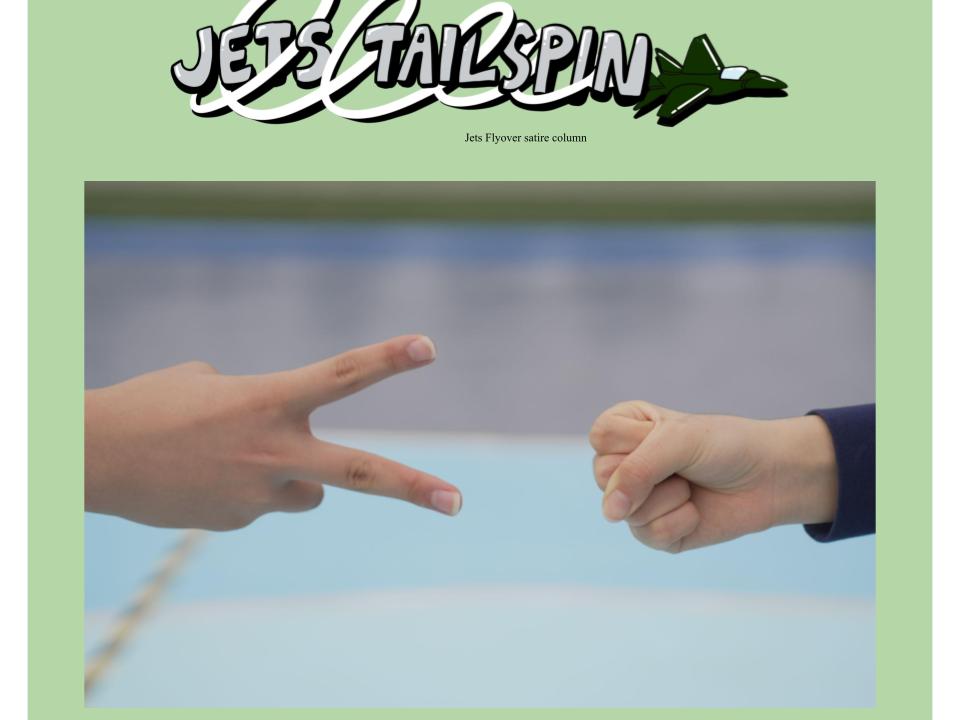



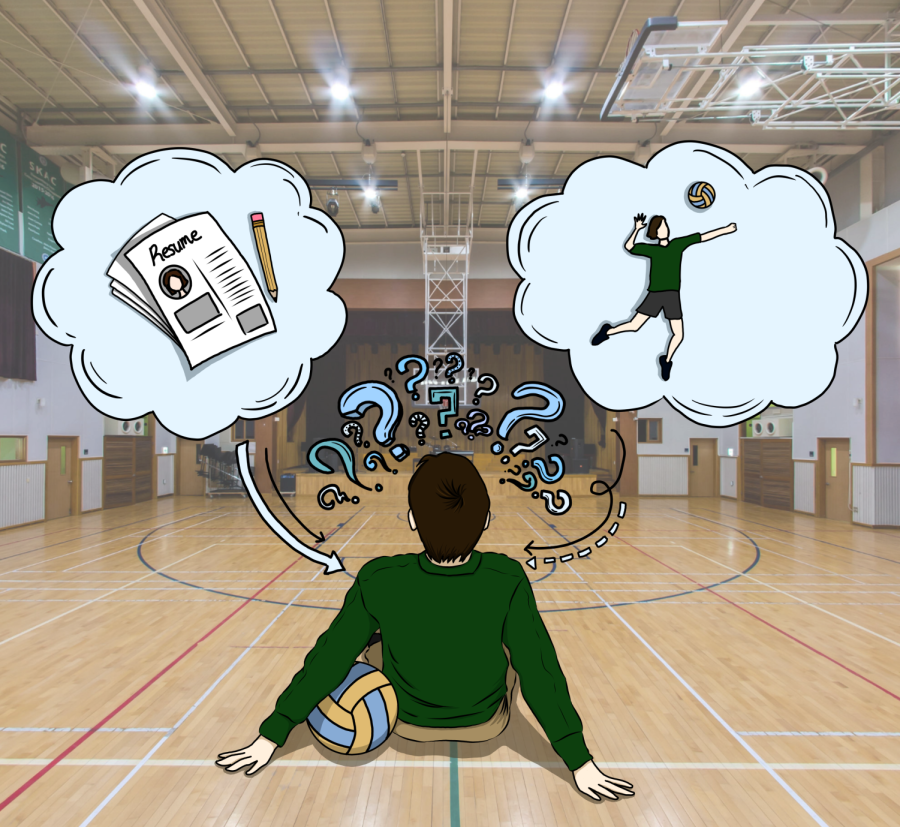
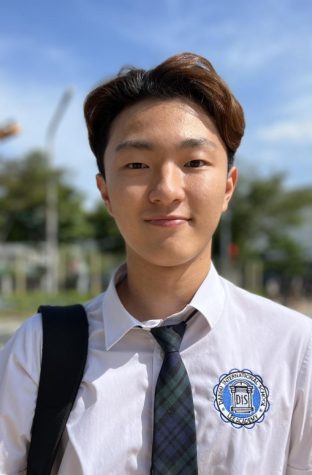
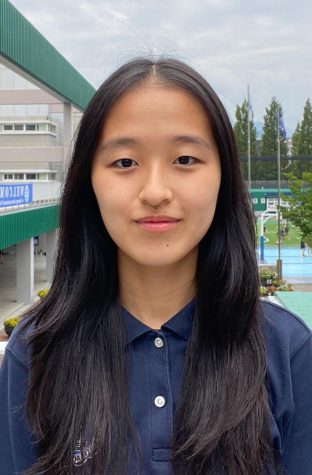

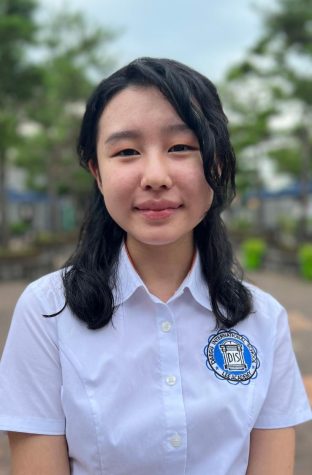
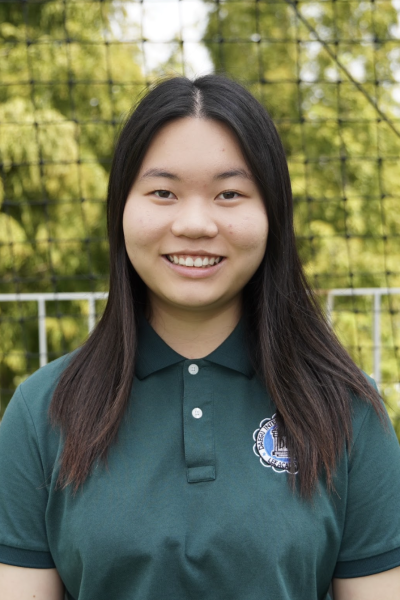
Justin Son • Nov 3, 2022 at 7:40 pm
I definitely agree when the article says “skilled athletes have a hard time moving on to the next step due to the constant increase of newbies. They don’t receive the attention they deserve because the coaches end up explaining basic concepts to newcomers.” I agree with this because in our middle school volleyball practice, kids were not paying attention to the teacher and we couldn’t move on to the next step. This was going on for a long time and it was very frustrating.
Bryan Lee • Nov 3, 2022 at 7:37 pm
I agree with the most things but I feel like this change would hurt and benefit alot of people so I’m not sure what we can do about this.
Jiyun • Nov 3, 2022 at 7:32 pm
Interesting topic!